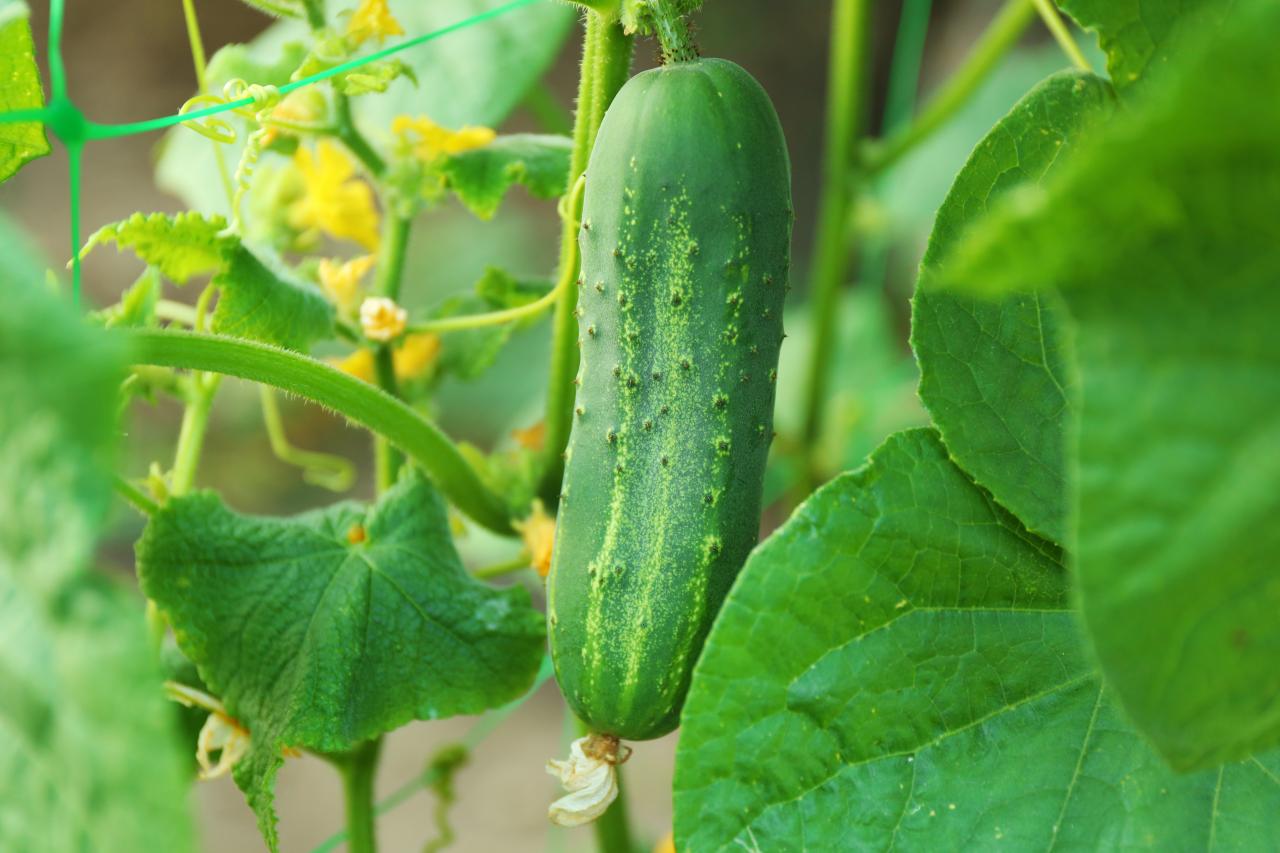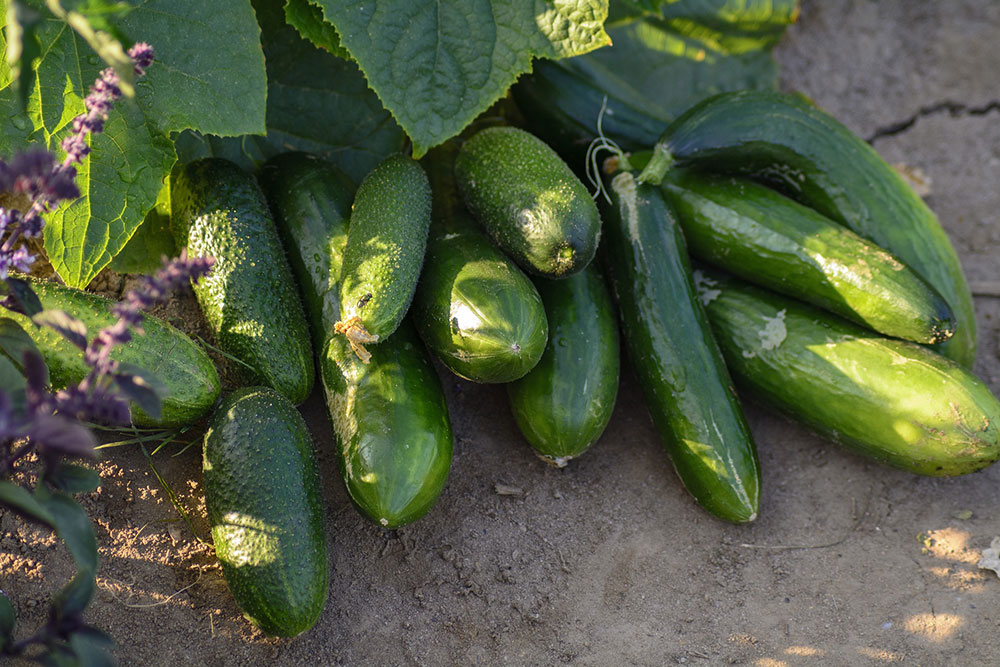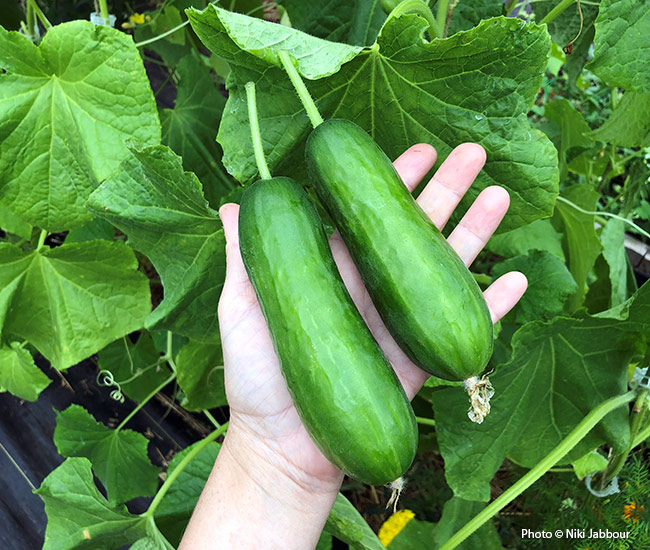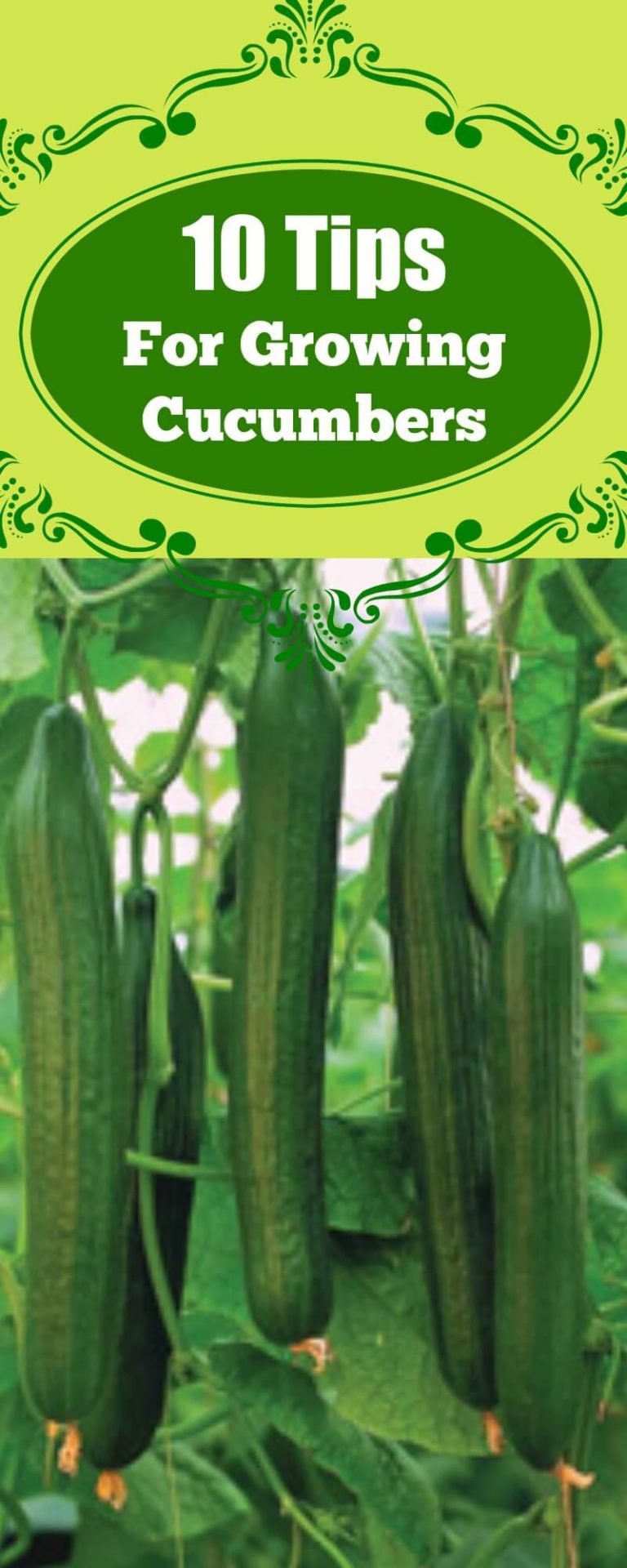Unlocking the Diversity of Cucumbers
Cucumbers are a versatile and widely cultivated vegetable, with over 100 known varieties offering a diverse range of flavors, textures, and uses. From the popular slicing cucumbers to the tangy pickling varieties, each type of cucumber boasts its unique characteristics, growth habits, and requirements. Growing multiple varieties of cucumbers can cater to different tastes and uses, providing a bountiful harvest for fresh salads, sandwiches, pickling, and more. Whether you’re looking to grow cucumbers for slicing, pickling, or specialty uses, understanding the different types of cucumbers to grow can help you make informed decisions and optimize your cucumber cultivation experience. With so many types of cucumbers to grow, it’s essential to explore the various options and choose the ones that best suit your climate, soil, and desired harvest period.
How to Choose the Right Cucumber Variety for Your Garden
Selecting the ideal cucumber type is crucial for a successful harvest. With numerous types of cucumbers to grow, it’s essential to consider factors such as climate, soil, and desired harvest period. Different varieties of cucumbers thrive in specific conditions, and understanding these requirements can make all the difference. For instance, some cucumber varieties are bred for warm climates, while others are more tolerant of cooler temperatures. Similarly, certain types of cucumbers prefer well-draining soil, while others can thrive in a variety of soil types. By understanding the specific growing requirements for each variety, gardeners can choose the best cucumber type for their garden, ensuring a bountiful harvest. Additionally, considering the desired harvest period can help gardeners plan their crop rotation and ensure a steady supply of fresh cucumbers throughout the growing season.
Slicing, Pickling, and Specialty Cucumbers: What’s the Difference?
Cucumbers come in a variety of categories, each with its unique characteristics, uses, and growing requirements. Slicing cucumbers, such as ‘Straight Eight’ and ‘Marketmore’, are bred for their long, slender shape and sweet flavor, making them perfect for fresh salads and sandwiches. Pickling cucumbers, like ‘Dill Pickling’ and ‘Sour Pickling’, are specifically designed for pickling and have a more acidic flavor profile. Specialty cucumbers, including ‘English’ and ‘Persian’ varieties, offer a range of flavors, textures, and uses, from snacking to cooking. Understanding the distinct features and growing requirements of each category can help gardeners choose the right types of cucumbers to grow for their specific needs. For instance, slicing cucumbers require a longer growing season and more support, while pickling cucumbers can be harvested at a smaller size and have a shorter maturation period. By selecting the right type of cucumber, gardeners can enjoy a bountiful harvest and explore the diverse world of cucumbers.
The Best Cucumbers for Small Spaces and Containers
For gardeners with limited space, compact and bush varieties of cucumbers are an ideal choice. These types of cucumbers to grow are specifically bred for their space-saving characteristics, making them perfect for small gardens, balconies, or containers. Bush cucumbers, such as ‘Bush Pickle’ and ‘Salad Bush’, are compact and produce smaller fruits, while still offering a high yield. Compact varieties, like ‘Spacemaster’ and ‘Patio’, have a more upright growth habit, making them ideal for containers or small plots. These varieties require minimal support and can thrive in containers as small as 5-gallons. When growing cucumbers in small spaces, it’s essential to provide adequate sunlight, water, and nutrients. Consider using a well-draining potting mix and a balanced fertilizer to promote healthy growth. By choosing the right compact or bush variety, gardeners can enjoy a bountiful harvest of fresh cucumbers, even in the smallest of spaces.
Heirloom and Hybrid Cucumbers: Understanding the Difference
When it comes to selecting the right types of cucumbers to grow, gardeners often face a dilemma: heirloom or hybrid? Both options have their advantages and disadvantages, and understanding the differences between them can help gardeners make an informed decision. Heirloom cucumbers, such as ‘Brandywine’ and ‘Boothby’s Blonde’, are open-pollinated varieties that have been saved and handed down through generations. They offer unique flavors, textures, and characteristics, and are often prized for their diversity and heritage. Hybrid cucumbers, on the other hand, are bred for specific traits such as disease resistance, higher yields, and improved shelf life. They are often more vigorous and productive than heirlooms, but may lack the unique characteristics and flavors of their heirloom counterparts. One of the main advantages of growing heirloom cucumbers is the ability to save seeds from the harvest, allowing gardeners to preserve the variety and share it with others. Hybrid cucumbers, however, do not produce viable seeds, making it necessary to purchase new seeds each season. By understanding the differences between heirloom and hybrid cucumbers, gardeners can choose the right type for their needs and preferences, and enjoy a bountiful harvest of fresh, delicious cucumbers.
Cucumbers for Every Season: Growing Tips for Spring, Summer, and Fall
While cucumbers are typically associated with warm weather, they can be grown in various seasons with the right techniques and varieties. By understanding the specific growing requirements for each season, gardeners can enjoy a continuous harvest of fresh cucumbers throughout the year. In the spring, focus on sowing cold-tolerant varieties, such as ‘Marketmore’ or ‘Slicing’, as soon as the soil can be worked. Provide support for the vines and keep the soil consistently moist. Summer is the peak season for cucumber production, and gardeners can take advantage of the warm weather by growing heat-loving varieties like ‘Straight Eight’ or ‘Dill Pickling’. Make sure to provide adequate shade and water to prevent scorching and stress. In the fall, choose varieties that mature quickly, such as ‘Bush Pickle’ or ‘Salad Bush’, and sow them about 8 weeks before the first frost. Use row covers to extend the harvest season and protect the plants from cooler temperatures. By adjusting growing strategies according to the season, gardeners can successfully grow a variety of types of cucumbers to grow, including slicing, pickling, and specialty cucumbers, and enjoy a bountiful harvest throughout the year.
Trellising and Training Cucumbers for Maximum Yield
Trellising and training cucumbers is a simple yet effective way to increase yields, improve air circulation, and reduce disease risk. By providing a structure for the vines to climb, gardeners can make the most of their space and enjoy a bountiful harvest of fresh, delicious cucumbers. When selecting a trellis system, consider the type of cucumbers to grow, as some varieties are better suited to vertical growth than others. For example, ‘English’ and ‘Hothouse’ cucumbers are ideal for trellising, while ‘Bush’ and ‘Pickling’ varieties are better suited to container growing. To set up a trellis system, install a sturdy frame or cage around the planting area, and provide a mesh or netting material for the vines to climb. Train the vines by gently twining them around the trellis, making sure to provide adequate support and pruning as needed. By trellising and training cucumbers, gardeners can enjoy a higher yield of crisp, flavorful cucumbers, and make the most of their garden space.
Common Challenges and Solutions for Growing Cucumbers
Despite their relatively easy growth requirements, cucumbers can be susceptible to various challenges that can impact yields and plant health. One common issue is pests, such as aphids, whiteflies, and spider mites, which can be controlled through the use of organic pest control methods, like neem oil and insecticidal soap. Another challenge is disease, including powdery mildew and downy mildew, which can be prevented by providing good air circulation, removing infected plants, and using fungicides as needed. Nutrient deficiencies, particularly a lack of calcium, can also affect cucumber growth, and can be addressed through the use of balanced fertilizers and calcium-rich soil amendments. Additionally, cucumbers are sensitive to extreme weather conditions, such as intense heat and drought, which can be mitigated through the use of shading, mulching, and consistent watering. By being aware of these common challenges and taking preventative measures, gardeners can ensure a healthy and thriving crop of cucumbers, regardless of the types of cucumbers to grow. With proper care and attention, cucumbers can be a rewarding and productive addition to any garden, providing a bountiful harvest of fresh, delicious fruit.






